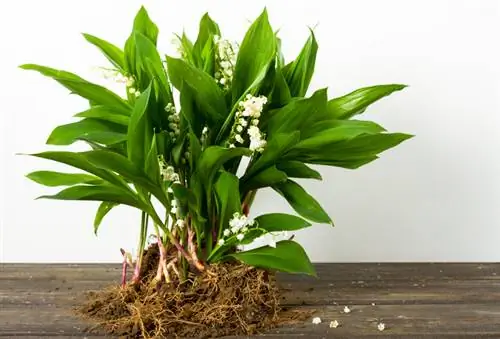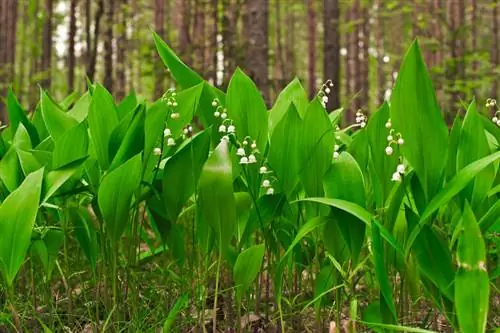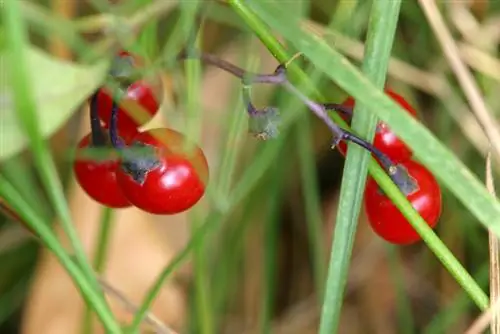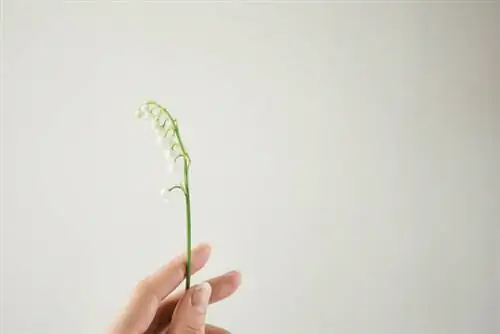- Author admin [email protected].
- Public 2023-12-16 16:46.
- Last modified 2025-01-23 11:20.
Lilies of the valley are very robust and easy-care spring flowers that prefer to thrive in shady locations and are often planted under bushes and hedges. In good locations, the lily of the valley reproduces itself. If you want to propagate the lily of the valley yourself, that's no problem at all.
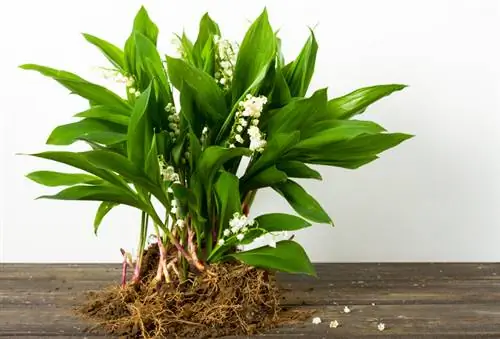
How to propagate lily of the valley?
Lily of the valley can be propagated by root division or sowing. The simplest method is root division in autumn: dig up the roots, divide them into pieces and place them in garden soil or pots. Sowing is possible, but it takes years until flowering.
Lilies of the valley reproduce themselves
Lily of the valley produces flowers with seeds and rhizomes. They use this to reproduce themselves. The flowers are self-pollinating, so just one plant is enough to produce new lilies of the valley. Underground, the spring flowers form many runners with which they spread throughout the garden.
Propagation of spring flowers for pots and outdoors
If you want to plant lilies of the valley somewhere else in the garden or keep them in a pot, you can simply propagate them yourself.
There are two methods to grow new lilies of the valley: root division and sowing.
Growing lily of the valley from seeds
The propagation of lily of the valley via seeds is rarely carried out. You can of course pick the dead inflorescences in autumn and simply sprinkle them on the desired area. The seeds don't even need to be covered to germinate.
It takes years for the seeds to grow into flowering plants. That's why lily of the valley is better propagated by dividing the rhizomes.
The easiest method: dividing roots
- Best time to share: Fall
- Dig up roots
- divide into pieces
- place in prepared garden soil or pots
Lily of the valley is difficult to remove
Once lilies of the valley have settled into the garden, they are almost impossible to remove. Even the smallest pieces of root create new plants.
Therefore, do not plant too many new rhizome pieces. The plants form a dense carpet of plants within a few years. To be on the safe side, create a rhizome barrier to limit the spread of the lily of the valley.
So that the spring flowers do not spread uncontrollably via seeds, you must cut off spent flowers immediately. If you dispose of the flower heads in the compost, bury them a few centimeters under. Otherwise the seeds will also germinate in the compost heap.
Tip
Lily of the valley often does not bloom in the first year after planting. In the following years only a few inflorescences appear. Only in the coming years will the spring flowers develop a rich bloom.

